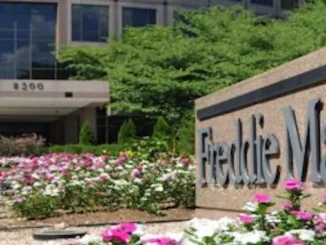
Fueled by a surge in mortgage rates, owning a home has become increasingly expensive. According to a Freddie Mac housing and mortgage market report released Monday, while mortgage payments remain the primary pressure point for homeowners, insurance costs are emerging as a growing burden.
Homeowners insurance costs, though still much smaller than mortgage principal and interest payments, are on the rise. Even a slight uptick in insurance expenses can disproportionately impact very low-income borrowers, defined as those earning no more than 50% of the area median income.
In 2023, homeowners insurance premiums consumed 3.1% of the monthly income of these very low-income borrowers, significantly higher than the percentages for low-income (2.1%), middle-income (1.5%) and high-income borrowers (1.1%).
Freddie Mac’s estimates reveal a stark increase in the average annual homeowners insurance premium. In 2018, the average borrower paid $1,081 per year for a single-family, owner-occupied home with a conventional 30-year fixed-rate mortgage. But by 2023, this figure surged to $1,522 — an increase of 10.8% from 2022 and up 40.8% from 2018.
Effective homeowners insurance rates have remained relatively stable, with borrowers paying $4.90 per $1,000 of their home’s value in 2023, compared to $4.70 per $1,000 in 2018.
But significant disparities exist across states. In 2023, borrowers in Louisiana, Oklahoma, Kansas, Nebraska and Mississippi paid more than $8 for every $1,000 of home value, while those in California, Washington, Nevada, Oregon, Utah and Washington, D.C., paid less than $2.50 per $1,000. Freddie Mac’s findings align with aggregated statistics from the National Association of Insurance Commissioners.
Factors such as exposure to natural hazards and regulatory environments contribute to these disparities. For example, California’s strict regulations on companies that offer homeowners insurance help to explain the lower rates compared to similarly disaster-prone states like Louisiana and Mississippi.
Between 2018 and 2023, homeowners insurance premiums increased from 1.49% to 1.64% of a borrower’s monthly income, on average. In certain states — including Louisiana, Oklahoma, Kansas, Nebraska and Mississippi — homeowners are now allocating more than 2.5% of their monthly income to insurance premiums. This upward trend coincided with a higher share of income being allocated toward mortgage principal and interest payments.



